Forestry is the only sector in our country that has negative net emissions, so each year there is a surplus of 40 million tons of CO2. This is one of the “gold mines” in the forest, so instead of being afraid of selling “green rice”, it is necessary to soon introduce a carbon credit mechanism to facilitate transfer transactions.
Ranked 5th in the world for carbon credit prospects
At the seminar "Developing green economy in agriculture, looking from forest carbon credits and implementing EUDR", on the morning of November 21, Mr. Tran Hieu Minh - Department of Forestry (Ministry of Agriculture and Rural Development) said that before 2010, the forestry sector was still emitting. Since 2010, the emission reduction achieved has been very impressive, about 40 million tons of CO2/year.
In that effort, the potential of carbon credits is the foundation for Vietnam to participate in forest carbon services and has signed a carbon payment agreement with the World Bank.
Mr. Vu Tan Phuong - Director of the Office of Sustainable Forest Management Certification - Vietnam Forestry Science Institute, calculated that each year the forestry industry emits 30 million tons of carbon (CO2), if we calculate the amount absorbed, we are emitting negative 40 million tons of CO2.
If we can increase carbon absorption from forests each year, we can improve the quality and productivity of depleted forests and planted forests, thereby earning 60-70 million tons of CO2 credits per year.
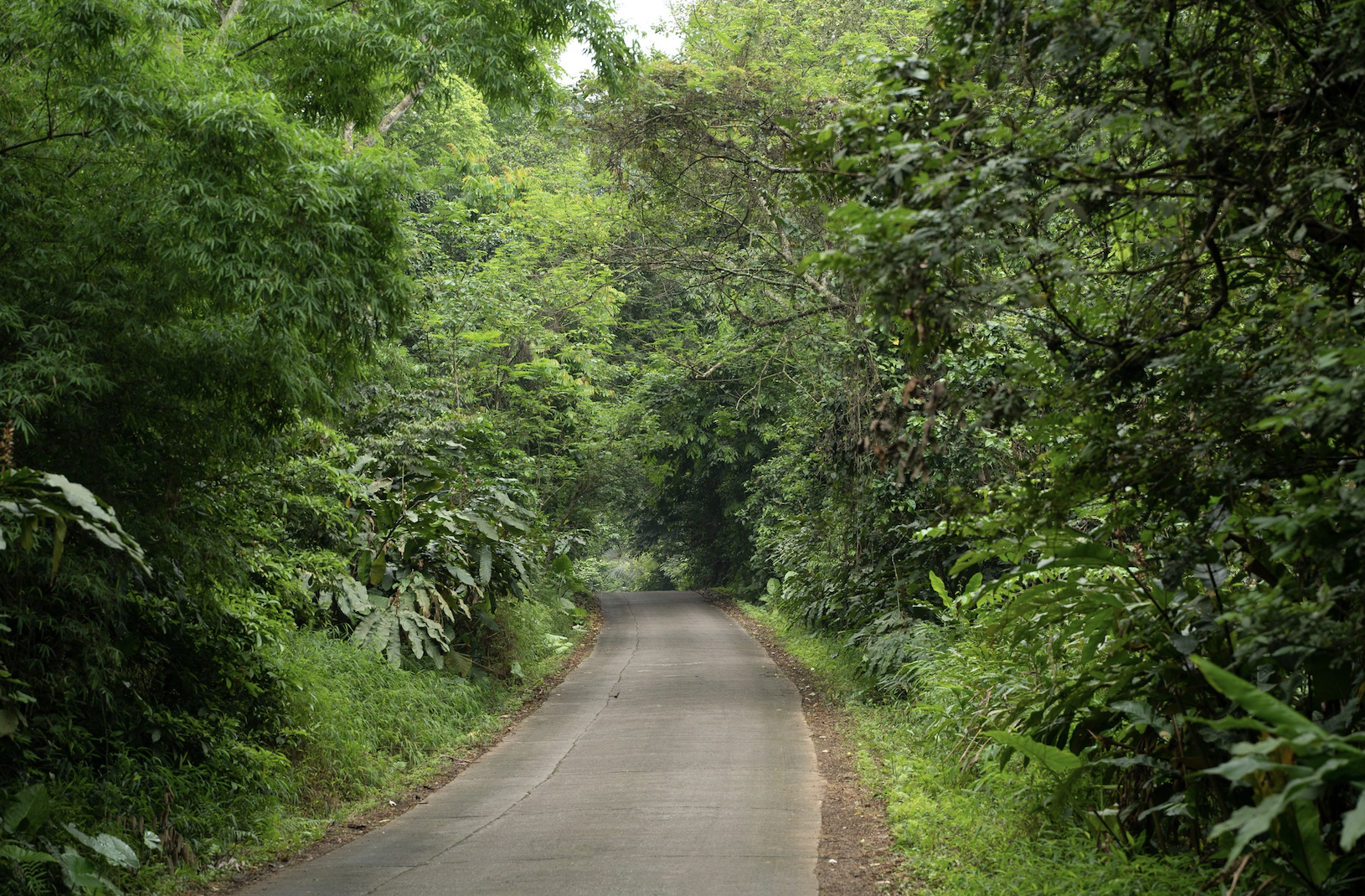
From Baku, Azerbaijan, Mr. Nguyen Dinh Tho - Director of the Institute of Strategy and Policy on Natural Resources and Environment, shared: "I am attending the COP29 Conference. The focus of this conference is to mobilize global finance to support countries in adapting and reducing greenhouse gas emissions."
Vietnam has achieved much success in mobilizing finance for emission reduction, especially in the agricultural sector.
“After nearly 10 years of preparation, we have successfully sold the first carbon credit, bringing in 51.5 million USD,” he recalled the carbon credit transfer at the end of 2023 and said that Vietnam is among the top 5 most promising countries in terms of carbon credits and is continuing to prepare for larger projects.
Regarding the development of the carbon credit market in Vietnam, Mr. Tho said that it is being delayed due to major bottlenecks in policy regulations and the lack of a clear legal framework. Meanwhile, many countries such as Thailand and Singapore already have a carbon credit trading market with large and official investments.
He cited that the 2017 Forestry Law has regulations on planted forests and natural forests, but has not clarified the mechanisms related to carbon credits. Investors who want to participate need to know the benefit-sharing mechanism, but this is currently not specifically regulated, causing difficulties in attracting investment in natural forest projects.
With non-logging plantations, Vietnam has a great opportunity to create double benefits from carbon credits. In fact, 1 hectare of plantations from large timber projects in 10 years has created an additional 120,000 tons of CO2.
Our country currently has 2 hectares of large timber plantations. Accordingly, if the benefit sharing mechanism is not clarified, it will be difficult for us to achieve the desired results.
The longer the carbon credit is kept, the lower the price.
For the carbon credit market to operate effectively and expand internationally, according to Mr. Nguyen Dinh Tho, there needs to be a clear recognition process. In the immediate future, developing the domestic carbon credit market is still a more feasible direction. Enterprises can invest in technology to both reduce emissions and create additional financial resources, promoting sustainable agriculture and green development.
The Director of the Institute of Strategy and Policy on Natural Resources and Environment emphasized that Vietnam has gained experience through two national forestry development programs and has the capacity and staff to continue implementing them. Monitoring the carbon credit market requires strict management from the State to avoid duplicate transactions.
Regarding the new carbon credit agreements, Mr. Tran Hieu Minh said that 100% of the credits will contribute to the contribution target determined by the country itself. In the period of 2021-2025, Vietnam aims to create 25 million tons of carbon credits.
“However, if we do not take advantage of this important opportunity in time, we may miss out on this important opportunity. Because the longer carbon credits are held, the less valuable they will be, affecting the transaction price,” he said. Notably, both international and domestic partners have expressed interest in transferring carbon credits.
Regarding the issue of carbon credit transfer in recent times, there have been concerns that we are selling “green rice” at too low a price. Mr. Ha Cong Tuan, former Deputy Minister of Agriculture and Rural Development, Chairman of the Agricultural and Rural Development Economics Association, said that the price of carbon credits in the South Central and Central Highlands regions fluctuates from 5-10 USD/ton. More importantly, about 95% of the credit value is retained to reduce national emissions, while bringing direct benefits to people through the income from this transaction.
In addition, the implementation of carbon credits also contributes to enhancing the country's position in the international arena. Therefore, he suggested that ministries and branches need to coordinate to submit to the Government and soon make a decision to implement the voluntary carbon credit mechanism, especially in the South Central and Central Highlands regions.
According to him, forest management, protection and development is considered an important task, contributing to the successful implementation of Vietnam's commitment to the international community, towards Net Zero by 2050.
Vietnam's forests are not only places to preserve and maintain biodiversity values, but also hidden deep within the leaf layers is a "gold mine" - a source of carbon absorbed by forest trees. Mr. Tuan emphasized that this is a sustainable source of finance for forest management, protection and development.

Source: https://vietnamnet.vn/co-kho-vang-40-trieu-tan-dung-so-ban-lua-non-2344204.html





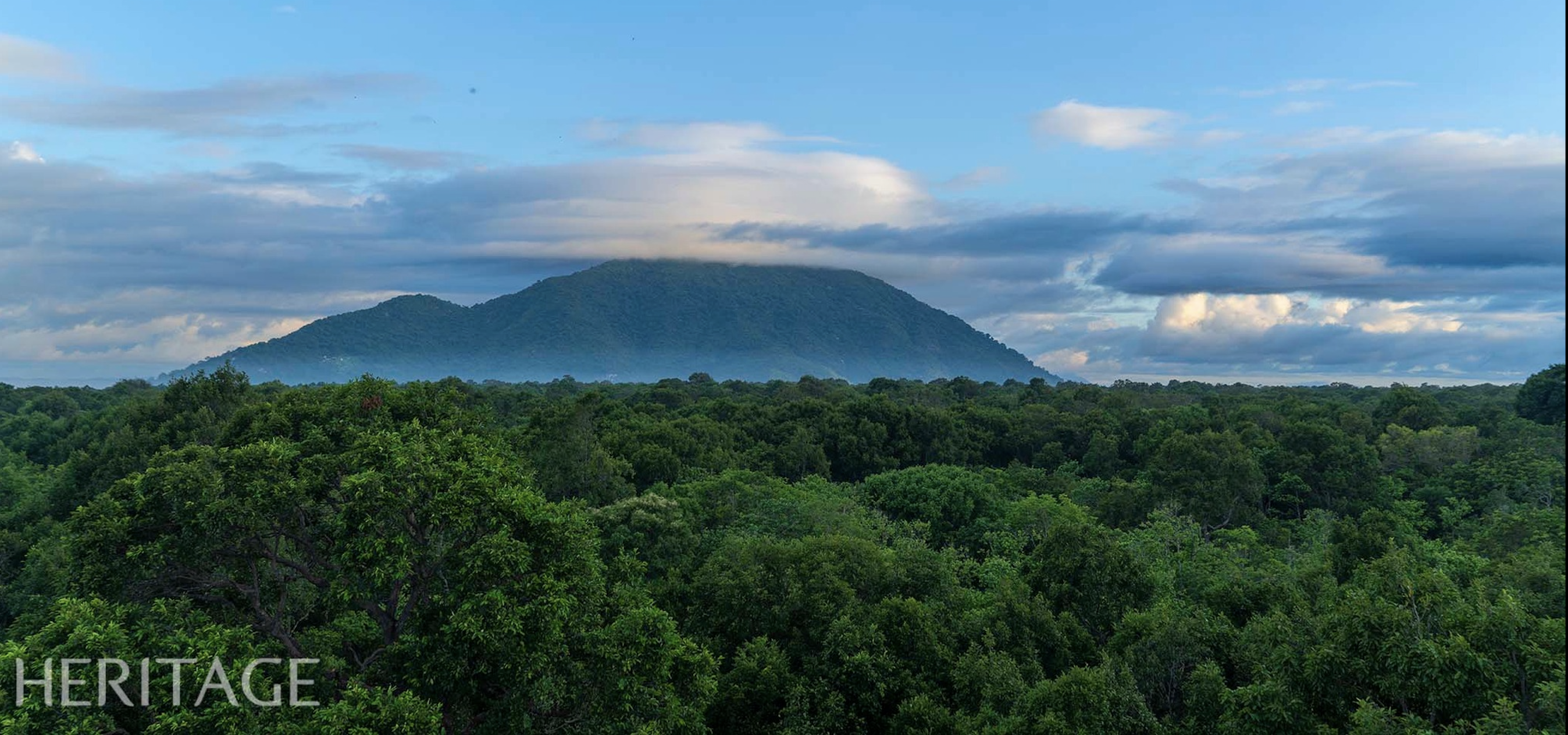
![[Photo] Ministry of Defense sees off relief forces to the airport to Myanmar for mission](https://vstatic.vietnam.vn/vietnam/resource/IMAGE/2025/3/30/245629fab9d644fd909ecd67f1749123)
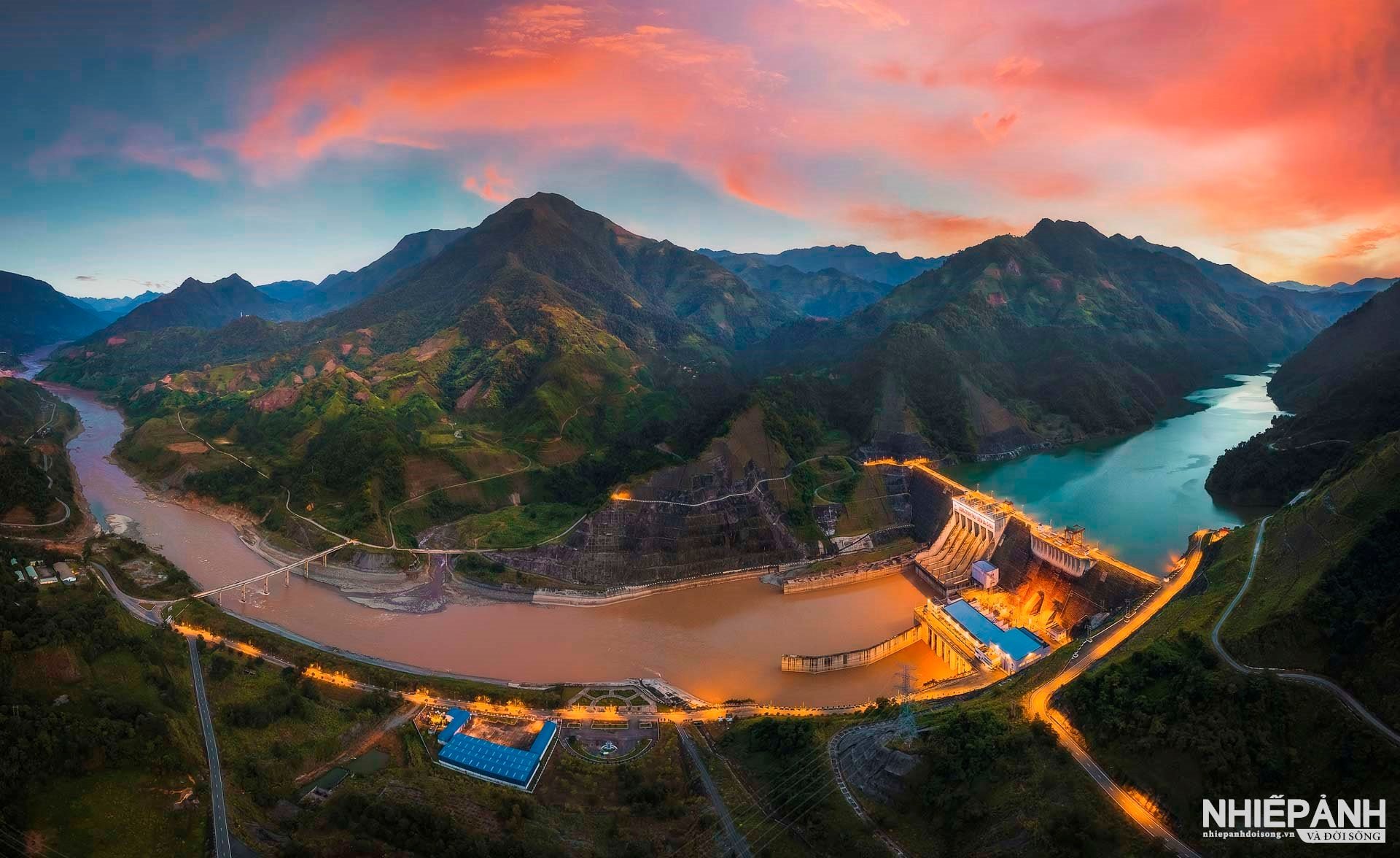
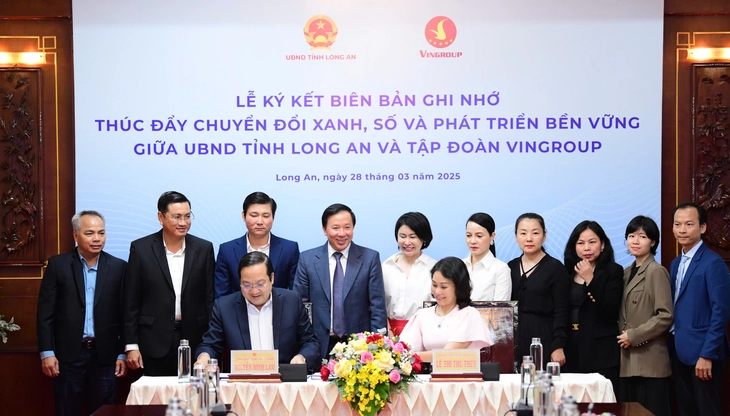

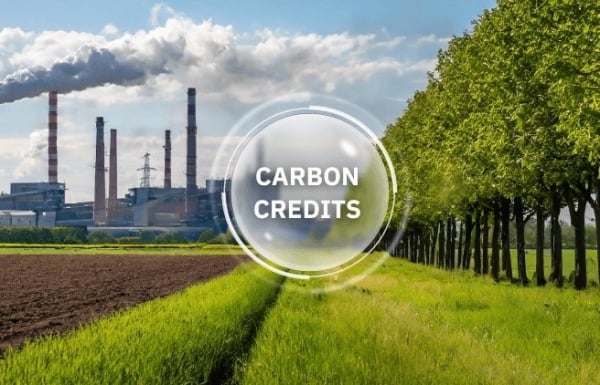

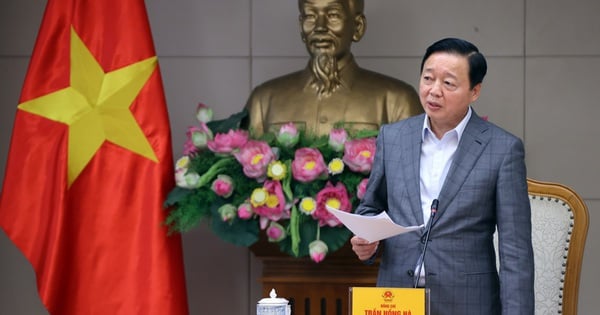

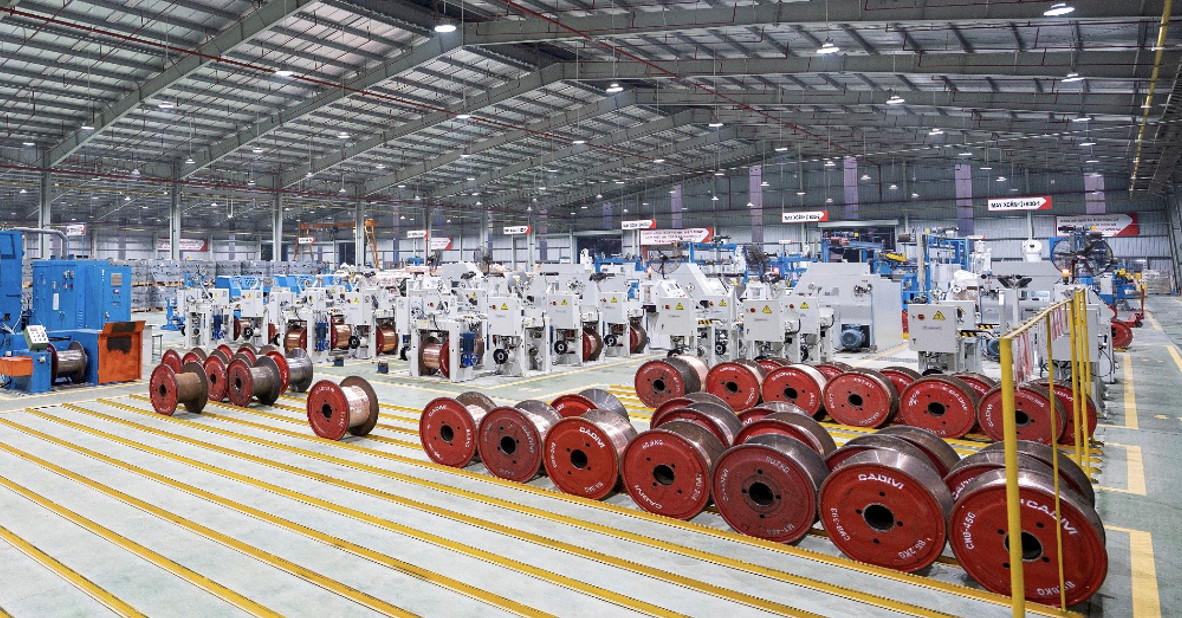
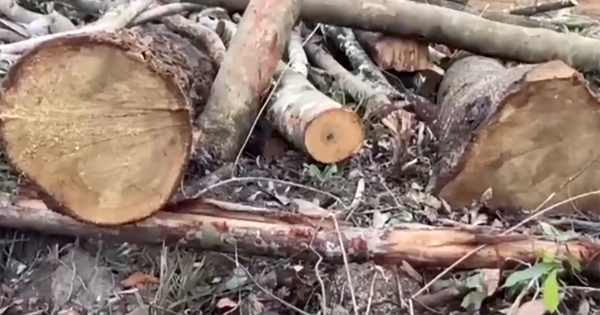

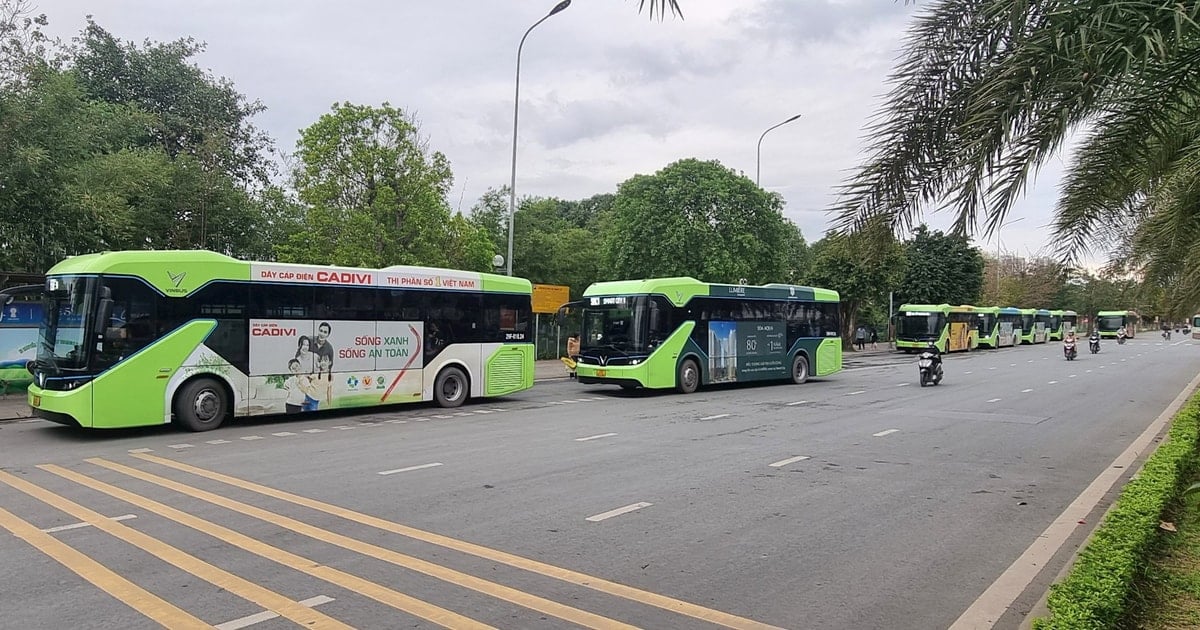

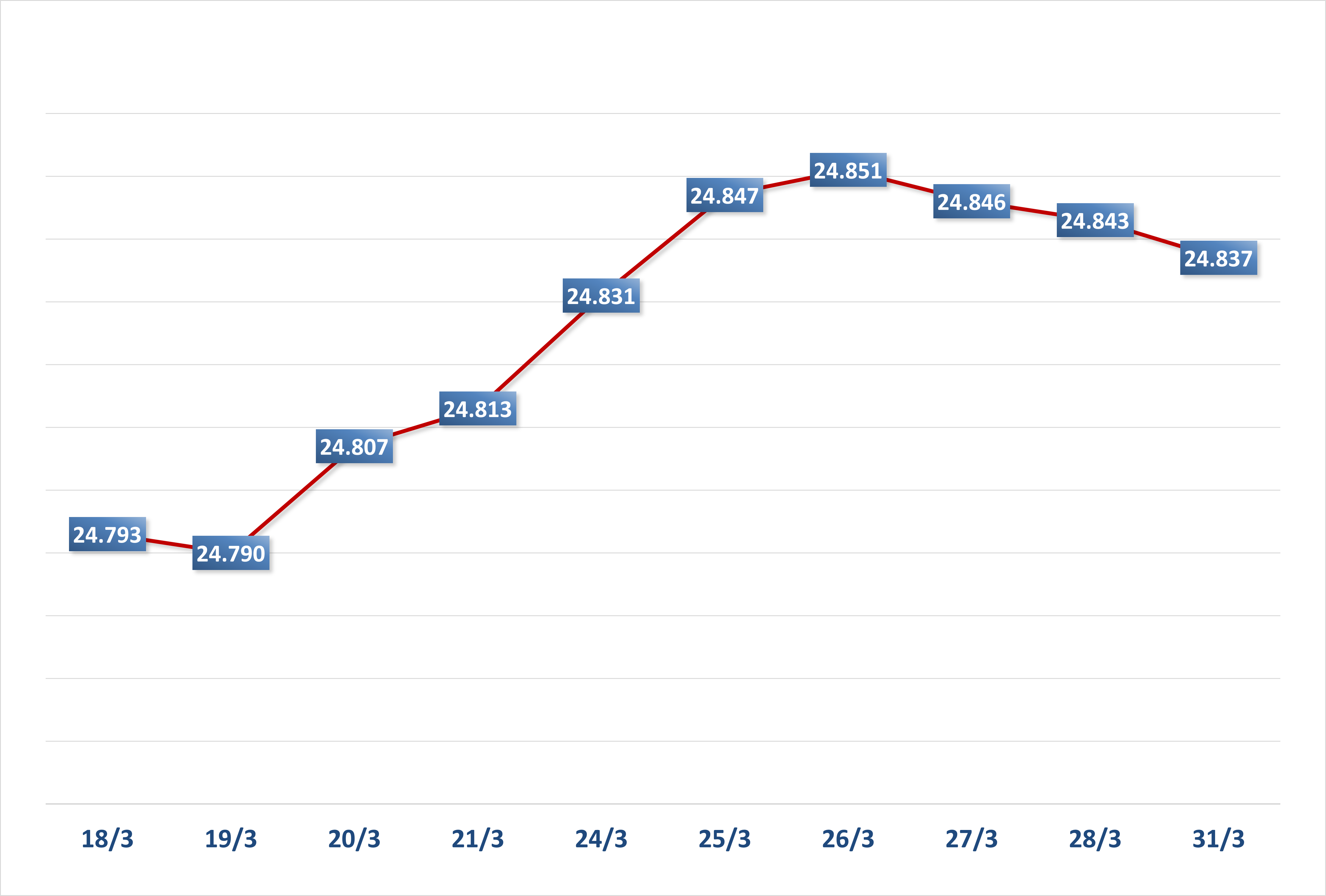


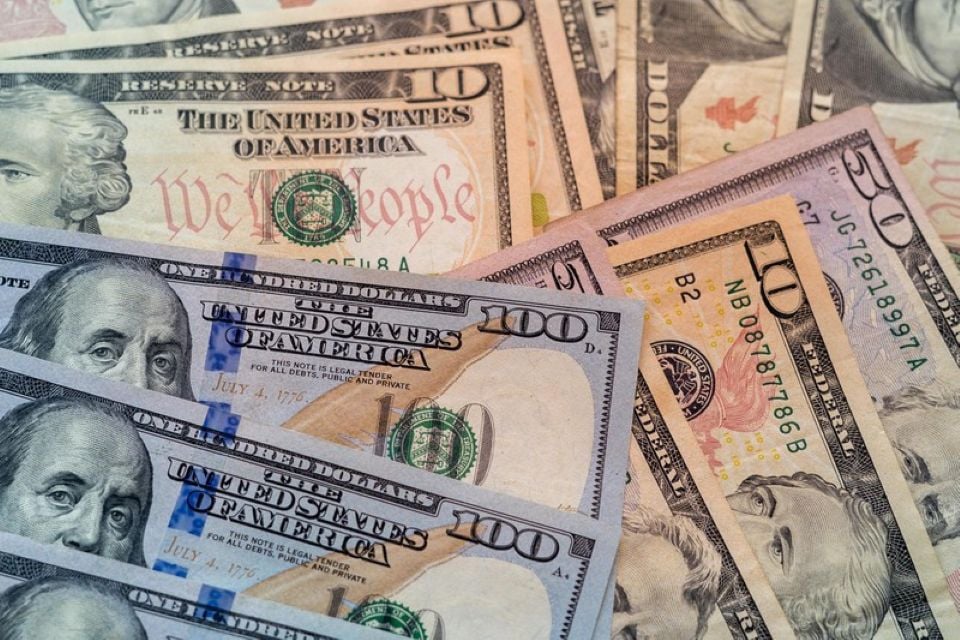
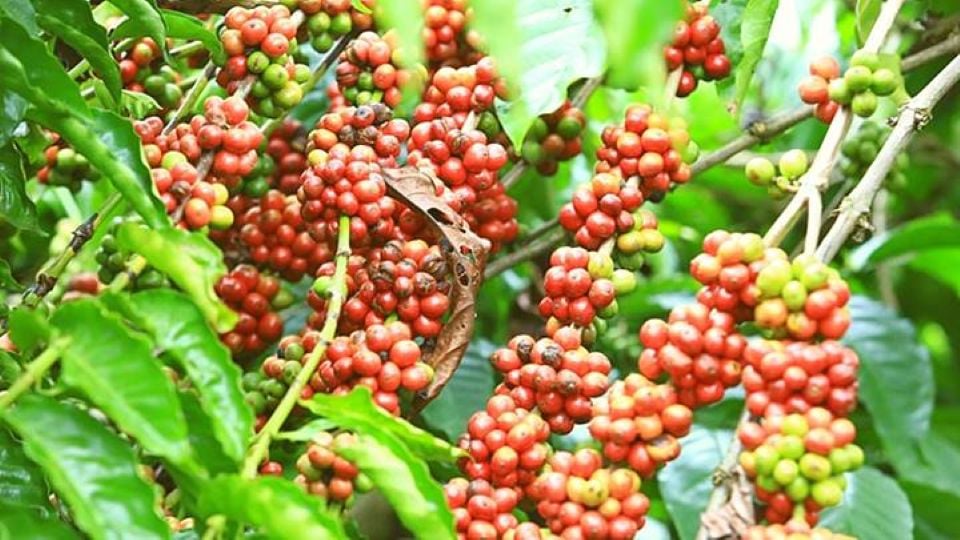
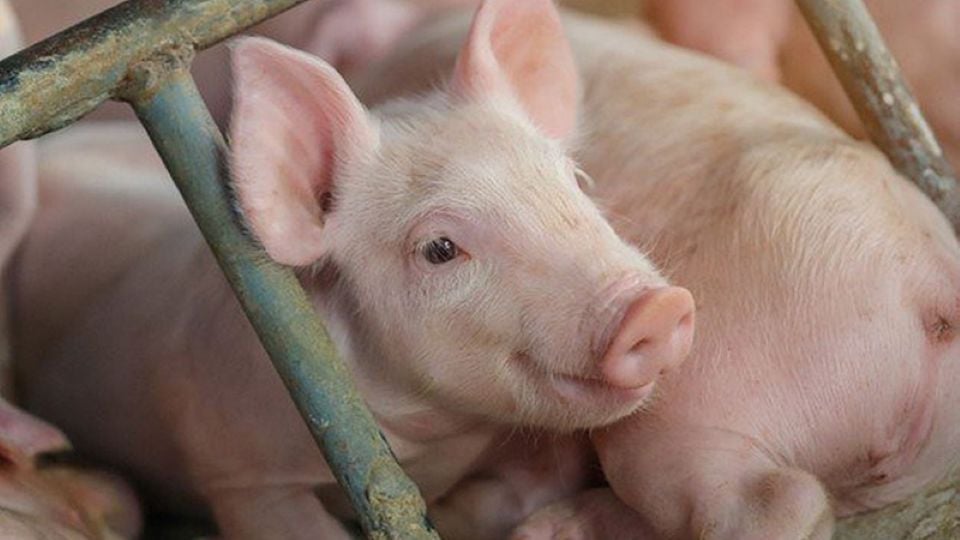






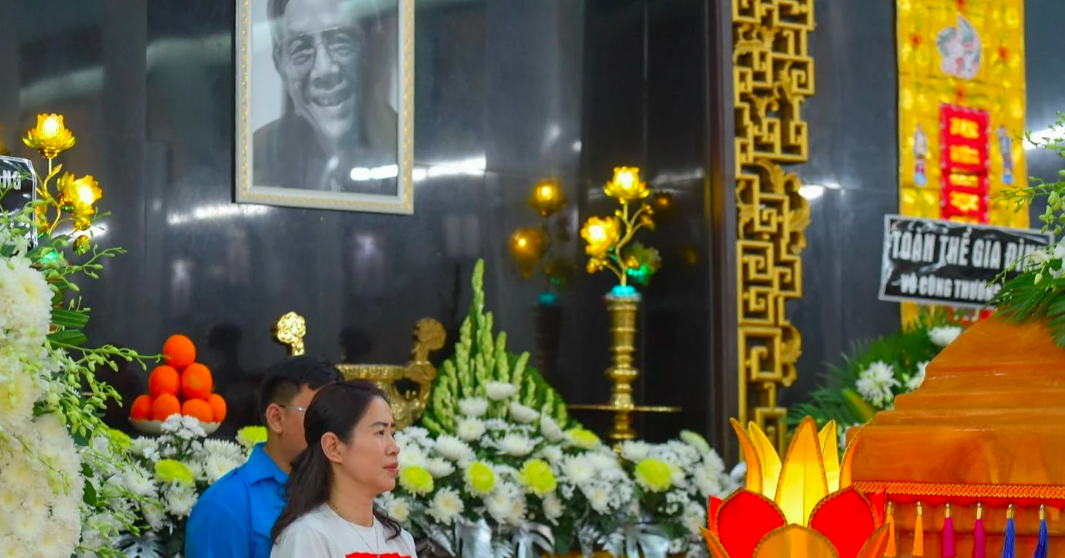

![[Photo] Prime Minister Pham Minh Chinh chairs meeting to remove difficulties for projects](https://vstatic.vietnam.vn/vietnam/resource/IMAGE/2025/3/30/7d354a396d4e4699adc2ccc0d44fbd4f)
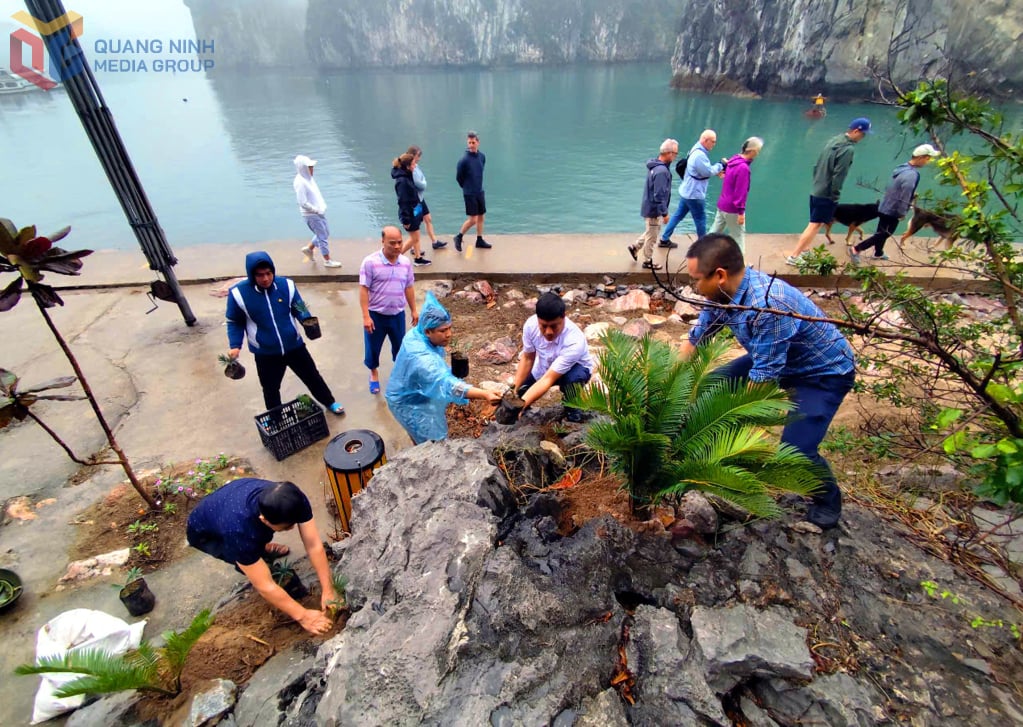

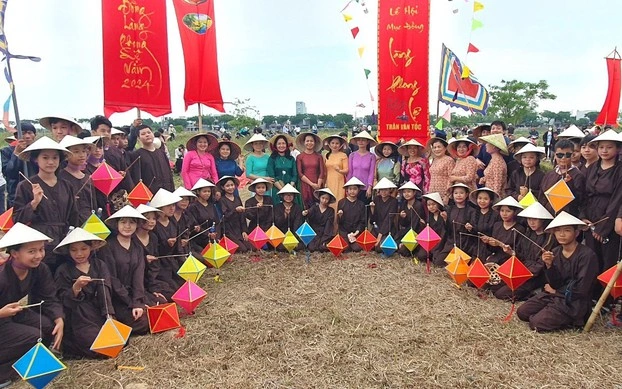





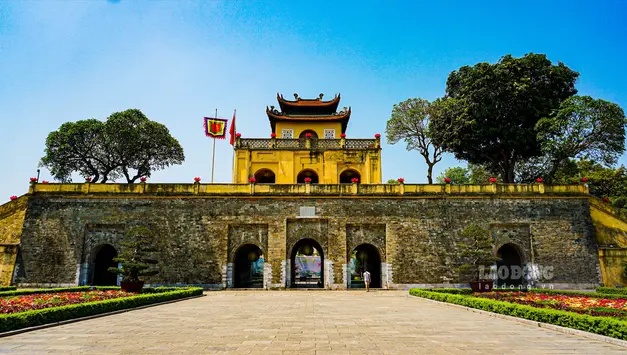



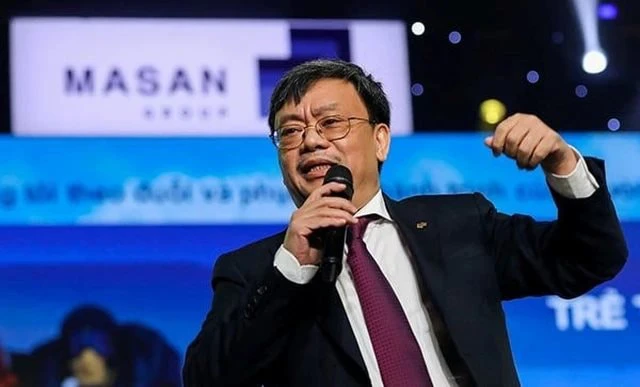


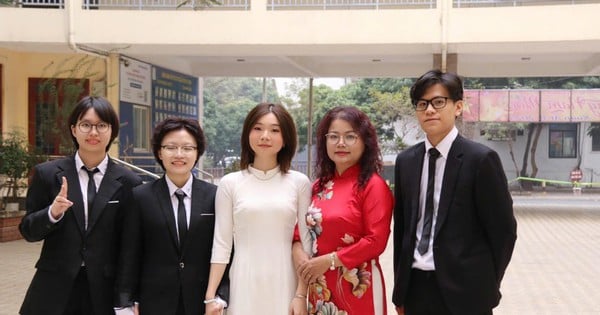

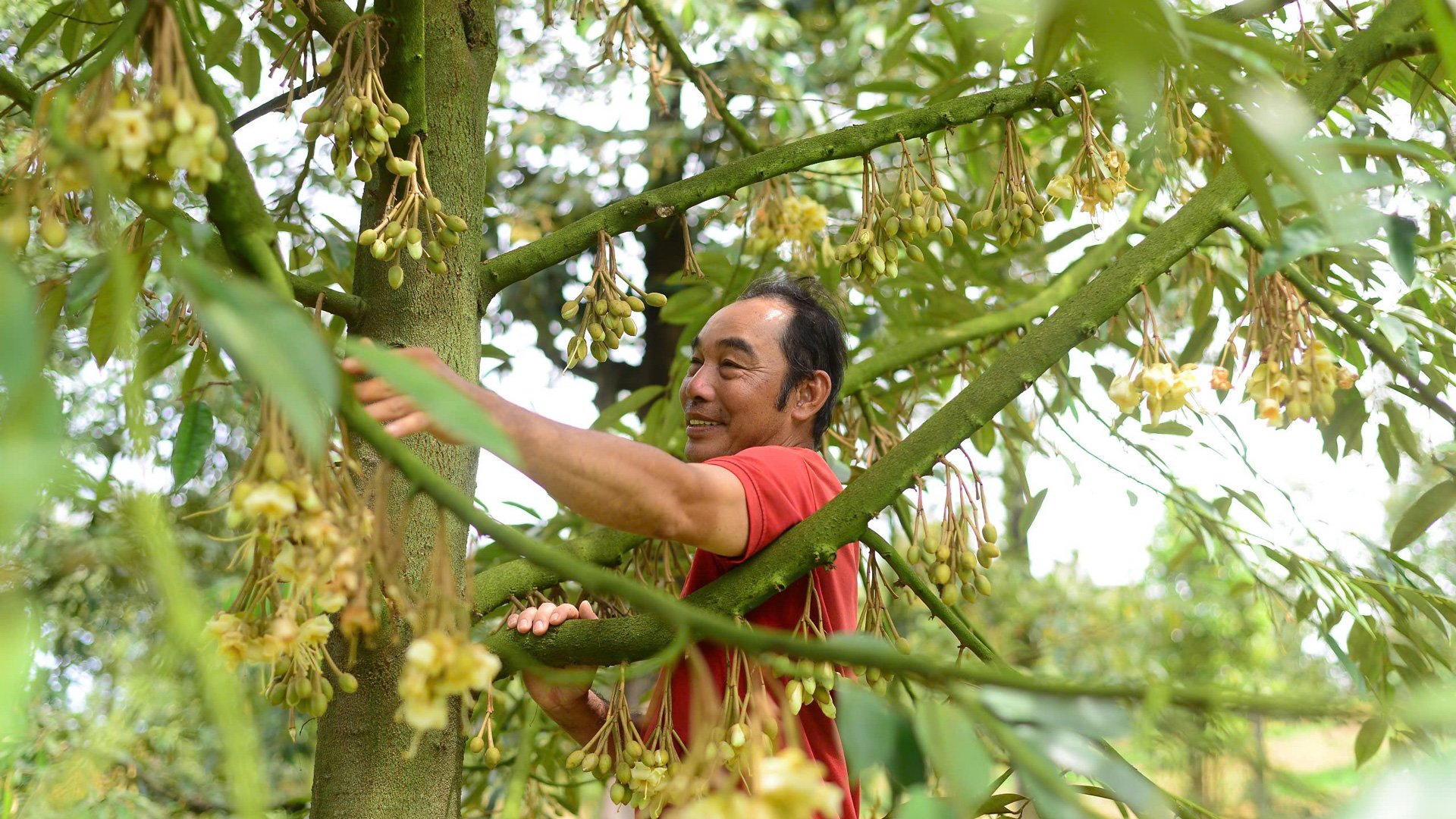

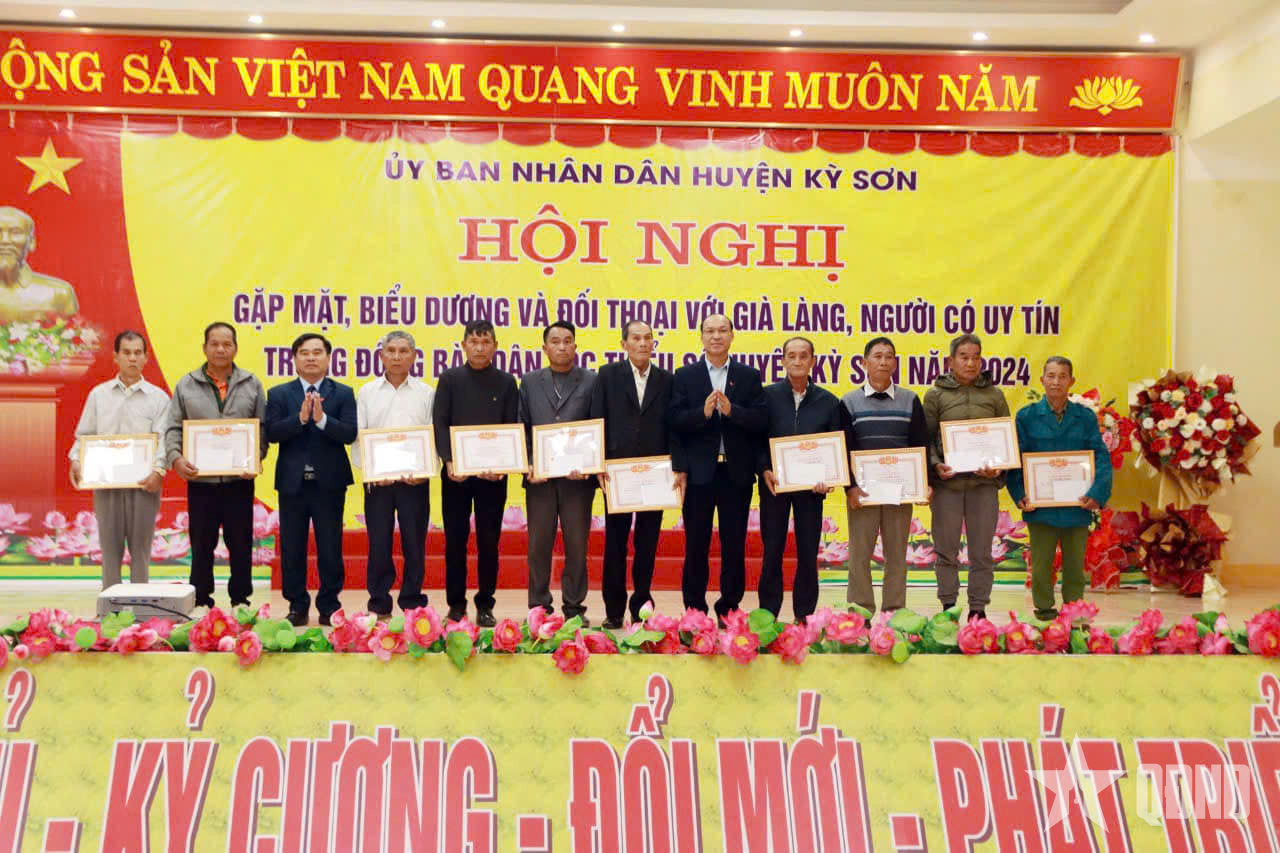



















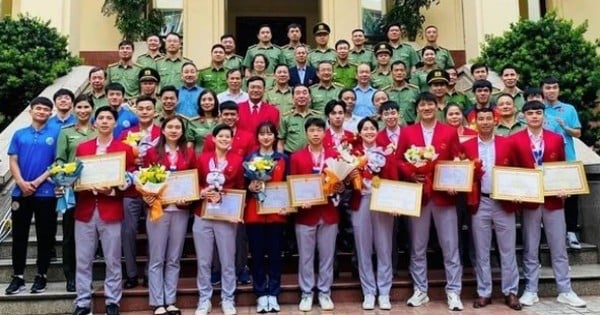
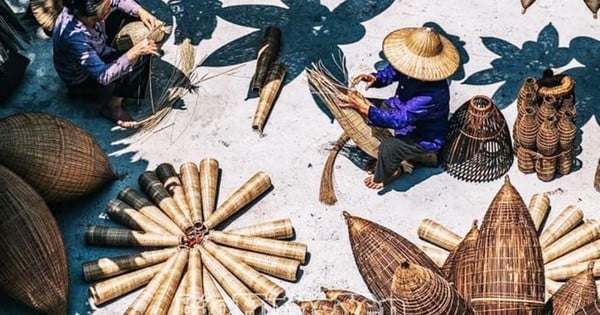
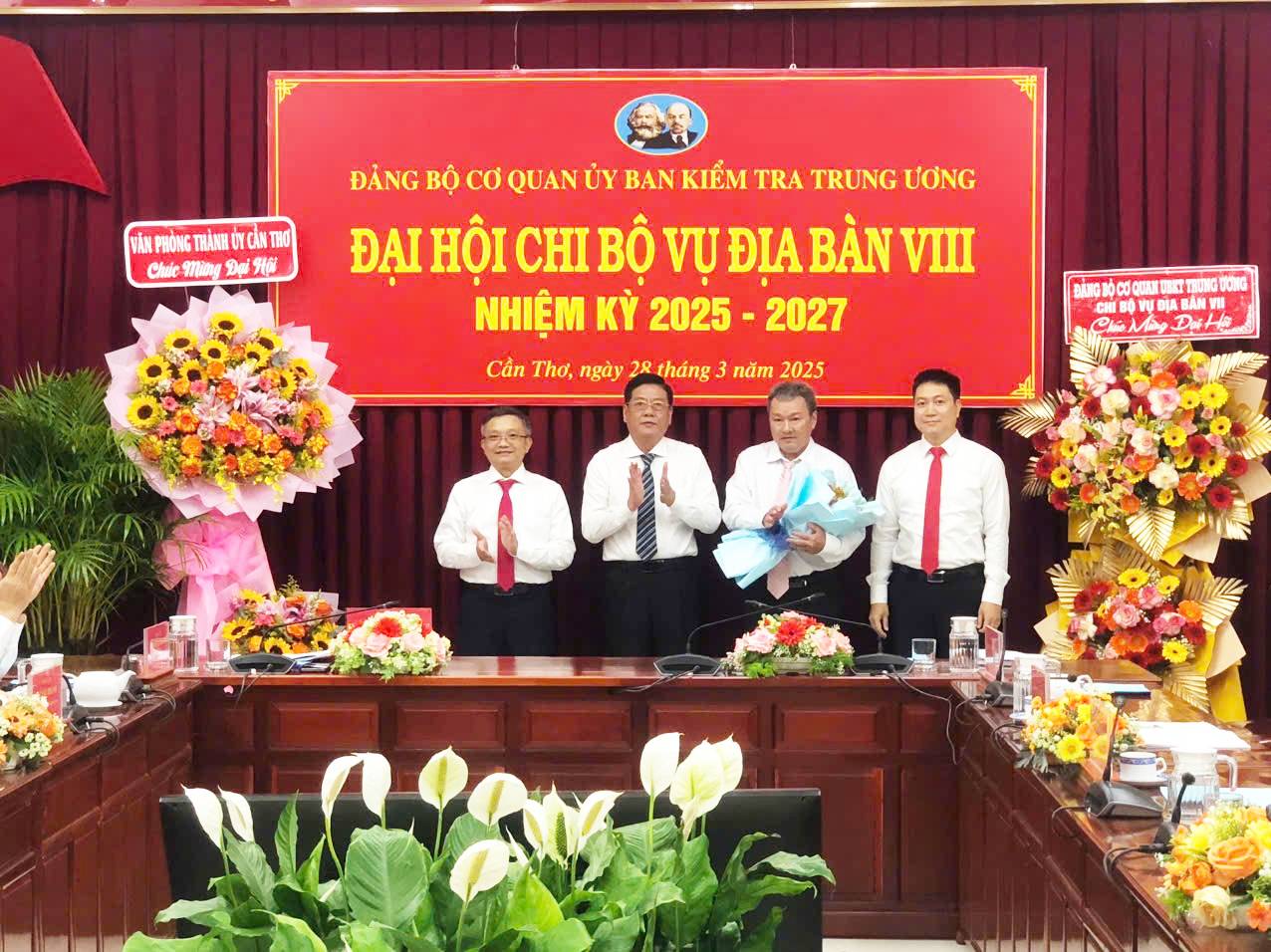



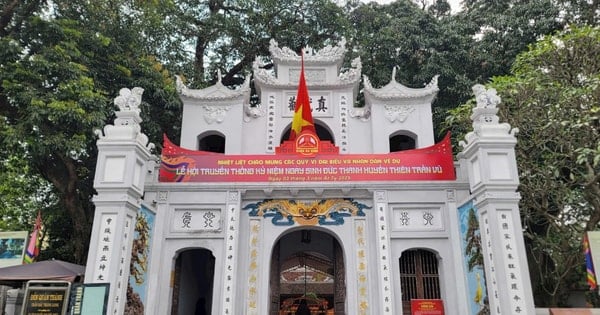




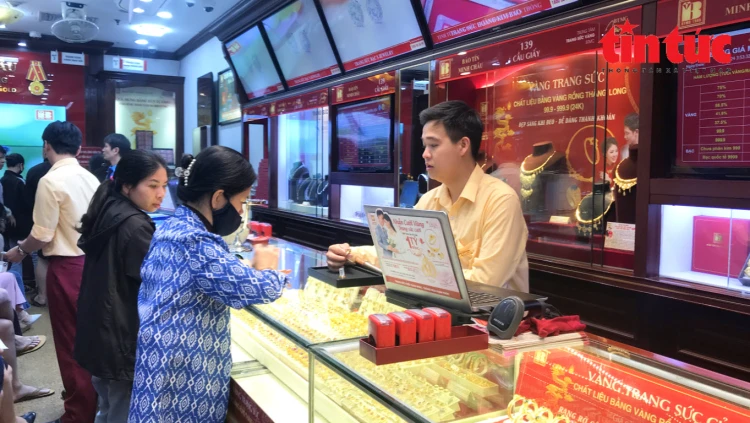

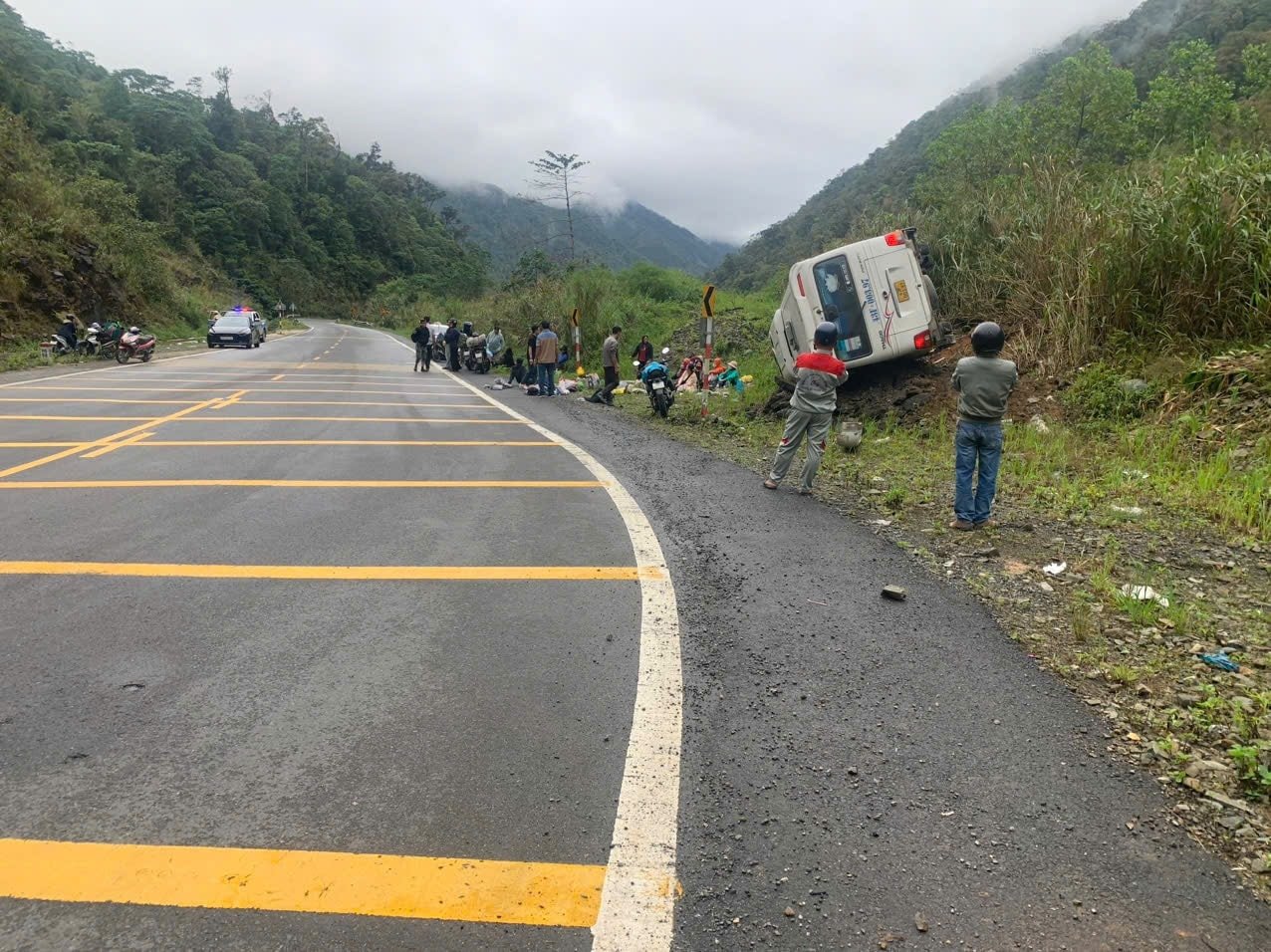

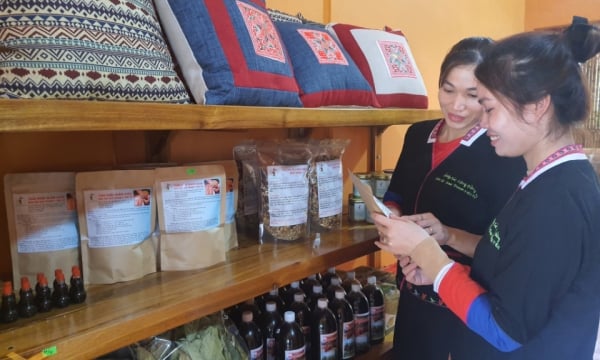


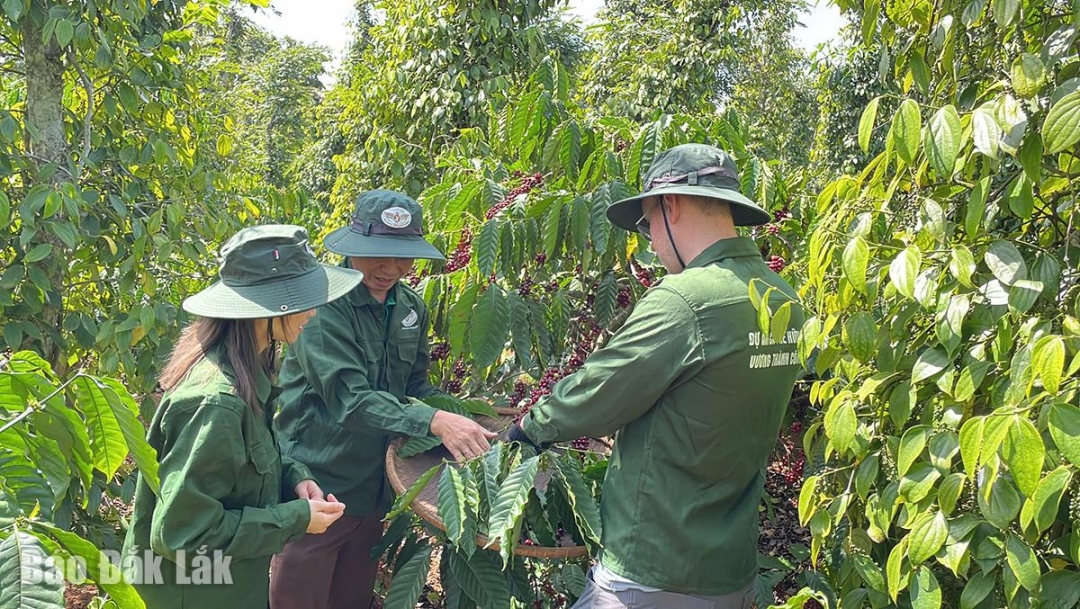

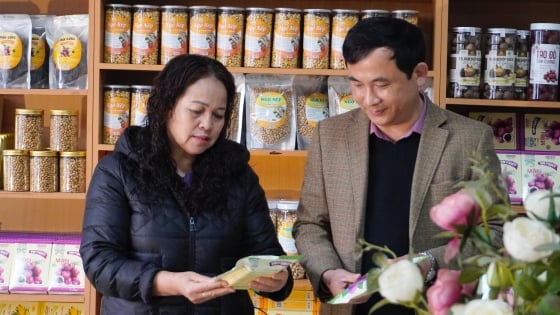


![[REVIEW OCOP] An Lanh Huong Vet Yen Cat](https://vstatic.vietnam.vn/vietnam/resource/IMAGE/2025/3/27/c25032328e9a47be9991d5be7c0cad8c)

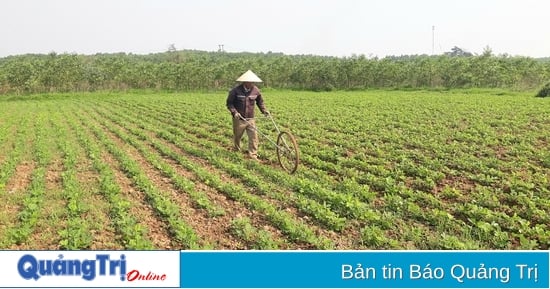

Comment (0)